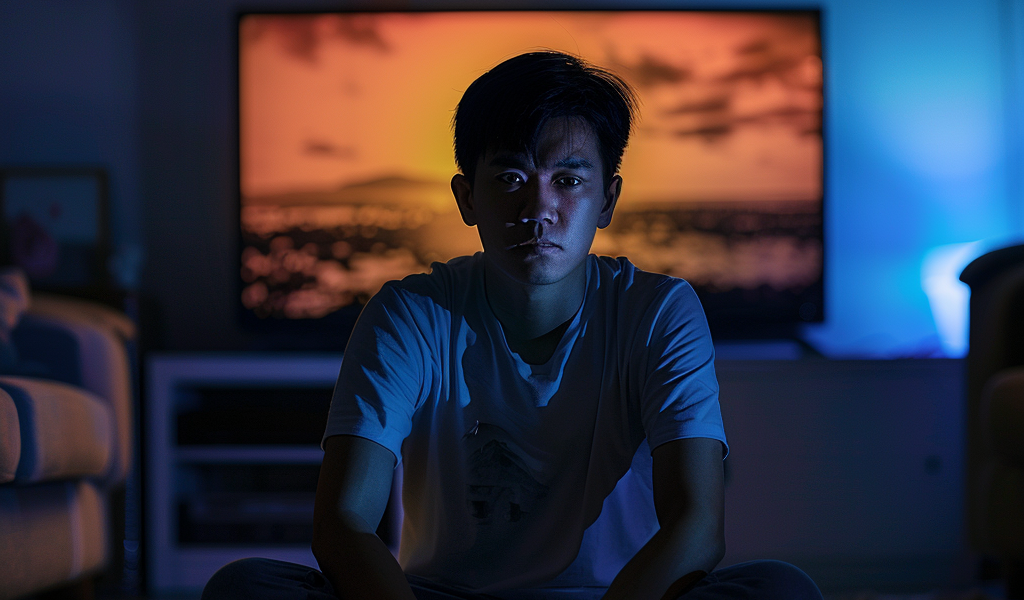Roku has recently come under fire for a software update that has left many users frustrated and unable to enjoy their TV viewing experience. The update, which was rolled out on June 6th, introduced a feature called Roku Smart Picture that automatically enhances picture quality while streaming. However, what users have noticed is the unwelcome addition of motion smoothing, also known as ‘action smoothing,’ with no option to disable it.
For those unfamiliar with motion smoothing, it is a feature that can make TV and film content appear unnaturally smooth, which is a nightmare for purists who prefer to watch content as intended. The inability to turn off this feature has sparked outrage among Roku TV owners, including William Joel, a senior creative director at The Verge and Polygon.
Joel’s TCL TV, equipped with Roku OS version 13.0.0, now suffers from constant motion smoothing, a feature that was not present before the update. This forced change in viewing experience has left users feeling frustrated and powerless, as they are unable to revert to the previous settings.
Following the update, numerous Roku TV owners, particularly those with TCL and Hisense models, took to online forums to express their discontent with the motion smoothing issue. Despite efforts by The Verge to reach out to Roku for a response, the company remained silent on the matter, further exacerbating the frustration felt by users.
While software updates can sometimes introduce unforeseen bugs, it is crucial for companies like Roku to have robust customer support systems in place to address such issues promptly. In this case, the lack of communication and support from Roku has only added to the dissatisfaction of users who are left grappling with an unwanted feature on their TVs.
As consumers increasingly rely on technology for their entertainment needs, it is essential for companies to prioritize user experience and provide transparent communication when issues arise. The inability to disable motion smoothing on Roku TVs serves as a reminder of the importance of user choice and control over their viewing preferences.





